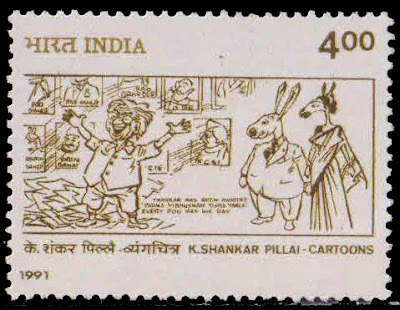Dr. Manmohan Singh, former Prime Minister of India, passed away on December 26, 2024, at the age of 92. He was admitted to the All India Institute of Medical Sciences (AIIMS) in New Delhi after his health deteriorated earlier that evening.
Dr. Manmohan Singh is an Indian economist, academic, and politician who served as the 13th Prime Minister of India from 2004 to 2014. He is widely regarded for his contributions to India's economic reforms and is a member of the Indian National Congress (INC).
Early Life and Education:
- Born: September 26, 1932, in Gah (now in Pakistan).
- Education:
- Bachelor's and Master's degrees in Economics from Punjab University.
- Economics Tripos from University of Cambridge.
- Doctorate (DPhil) in Economics from University of Oxford (Nuffield College).
Career Highlights:
Economist:
- Worked at the United Nations Conference on Trade and Development (UNCTAD).
- Served as Chief Economic Advisor and later as Governor of the Reserve Bank of India.
- Played a pivotal role as Finance Minister of India (1991-1996) under Prime Minister P. V. Narasimha Rao, initiating economic liberalization reforms that transformed India's economy.
Prime Ministership (2004–2014):
- Led India through significant economic growth and development.
- Advocated for landmark legislations like the Right to Information Act and National Rural Employment Guarantee Act (NREGA).
- Managed India's response to global financial crises.
- Oversaw the India–US Civil Nuclear Agreement.
Post-PM Period:
- Continues to be a respected voice on economic and political issues.
- A Rajya Sabha (Upper House of Parliament) member representing Assam and later Rajasthan.
Legacy:
Dr. Manmohan Singh is celebrated for his integrity, intellectual depth, and his calm demeanor in political and economic challenges. However, his tenure also faced criticism, especially during his second term, due to corruption scandals and governance issues.
#ManmohanSingh #riplegend








